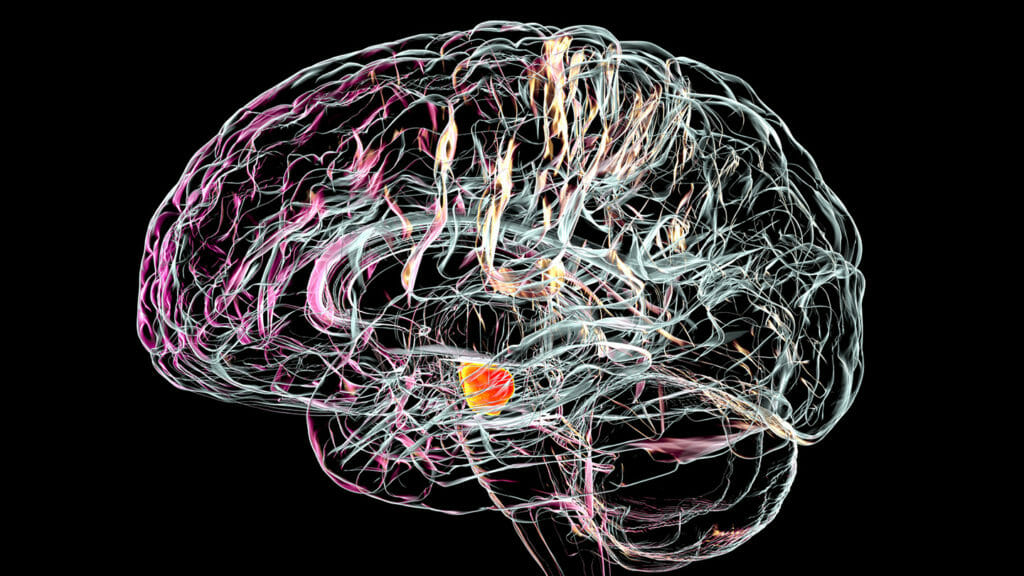

For older adults whose Parkinson’s symptoms become too severe, deep brain stimulation, or DBS, remains one of the better options, albeit an invasive and intensive solution.
“Tastes great and less filling” is the lofty goal of researchers everywhere, but a long-term research program on DBS may have accomplished the dual goals of increasing the area of stimulation and creating a more targeted, efficient process.
A team of scientists at Duke University is developing a new tool that can help with “adaptive” DBS, according to a study report.
If DBS can effectively be performed at home or in congregate living settings, that could dramatically improve the lives of tens of thousands of older adults receiving Parkinson’s diagnoses each year. Of the approximately one million Americans currently living with Parkinson’s, 25% live in nursing homes and assisted living communities.
The researchers first explored how doubling electrode placement affected the DBS treatment; typically electrodes are placed in a specific portion of the brain, the study authors noted. By placing the electrodes in two different parts of the brain that control movement, the scientists were able to “synergistically increase the therapeutic benefit,” the study authors wrote.
In the second phase of the study, the researchers developed a tool that automatically could adjust parameters such as electrical pulse frequency and duration. They found that doing so was as effective as the dual-DBS approach in treating study participants’ symptoms.
As one might expect from a process that involves inserting devices into brain tissue, the risks for DBS increase with age. Not only might adaptive DBS help with those risks, but other research involves designing new implants that are less invasive.
One such project involves an implantable “superfiber” that is approximately the size of a strand of hair, although this tool is meant to help with imaging only. Another study has looked at how to reduce the wear and tear within the brain that DBS implants cause.
In addition to the Duke research, another breakthrough in Parkinson’s DBS treatment, a more efficient software tool from Boston Scientific, was approved by the US Food and Drug Administration last August, the McKnight’s Tech Daily reported.


